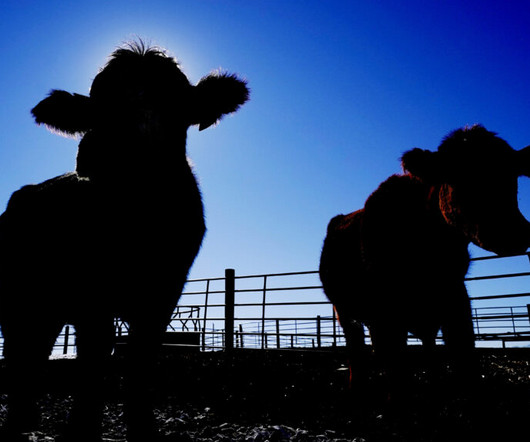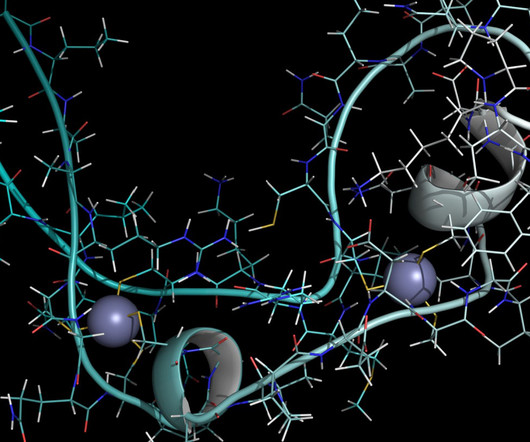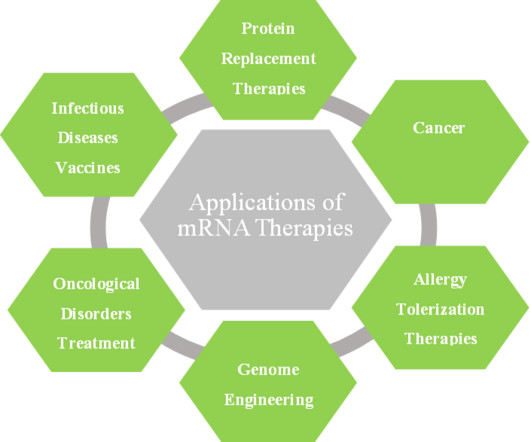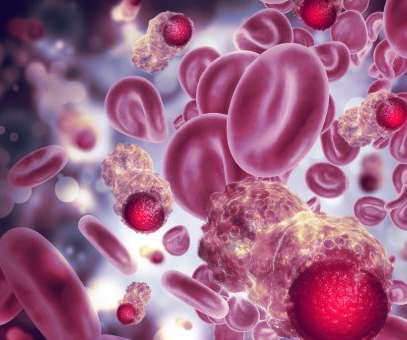Opinion: Where are the guidelines for the production of animals with intentional genomic alterations?
STAT News
APRIL 17, 2023
Genetic engineering has the potential to transform how we raise animals for meat and other products, making food safer, improving animal health and welfare, and shrinking animal agriculture’s environmental footprint. Pigs that are less likely to induce allergic reactions in humans.
















Let's personalize your content